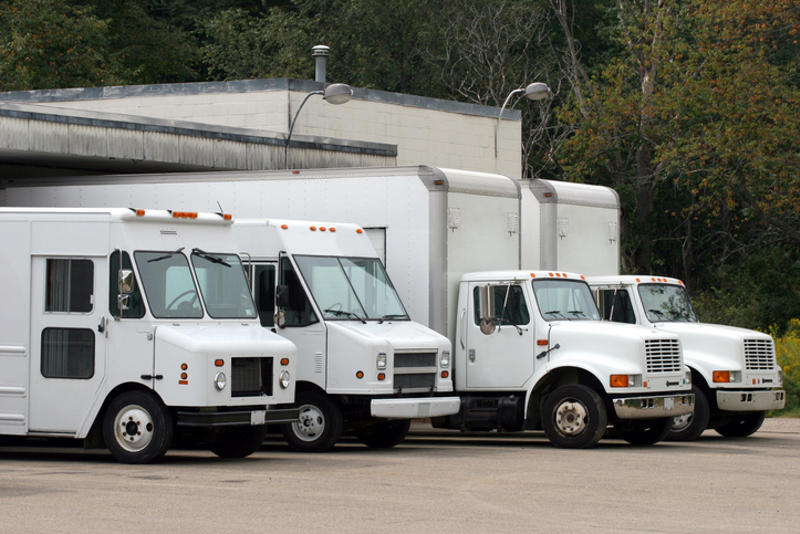Today’s parcel and freight marketplace is in a state of transition. As the pandemic fades further into the background, consumers are once again re-evaluating the way they shop and transportation carriers will need to change along with them.
Peak pandemic saw billions of people cocooned at home and shopping online in ways – and at speeds – never before seen in our lifetime. Grocery and pizza delivery has been around for years, but suddenly overnight the world was ordering everything from clothes, to Pelotons, to jacuzzis online. Consumers were clicking away and unpacking boxes with the abandon of a Christmas morning.
The decades long growth of eCommerce and acceleration during COVID has taken its share of total retail sales to over 20%, and it is still growing. Customer pick-up is and will always be the top way people get the goods and products they want. Buying in a store and heading home with their purchases.
Not only did carriers have to respond to a nearly overnight surge in quantities of shipments, but they were also challenged to deliver unusual shipments, perishables or oversized freight originating from stores and warehouses not well equipped with the right processes, systems, and facilities.
The shift from B2B to D2C shipping
As more goods travelled direct-to-consumer doorsteps, fewer goods travelled in the traditional business-to-business supply chain from manufacturer to warehouse and ultimately to storefronts. Consumers have become more confident buying furniture, appliances big and small, and even building materials online. In addition, more B2B sales are increasingly happening online. Warehousing needs to be adaptable enough to ship everything from small consumer goods, through to household and home building items from the same place.
As the shift from B2B to D2C shipping took hold, much of the early shipping volume moved via small parcels from distribution locations. Parcel carriers offered the widest geographic reach with the assurance of a national delivery network. The trade-off for reach and reliability was generally higher cost. The under 150 lb. parcel category is generally the highest cost per pound and mile, as compared to other ground transportation options.
Businesses shipping more small parcels more frequently gave logistics professionals more to manage in increasingly complex networks. And that was costly for everyone involved. As the pandemic peaked, parcel carriers faced a capacity crunch that saw them throttle shipping volumes and increase surcharges. Freight costs also rose as fewer trips with larger shipments became the new normal.
In response, we’ve seen LTL and local carriers expand and strengthen their hub-and-spoke model right to consumer doorsteps, or over the threshold and white glove services. LTL carriers were often not strong on shipment visibility which is critical to the frequent “Where is my order” (WISMO) enquiries made by consumers and B2B customers with consumer expectations. This is another area where LTL and local carriers have made significant improvements.
Can you manage both Parcel and Freight?
If businesses want to walk the blurred line between Parcel and Freight – the shift to diversification needs to start right now. In warehouses where both modes are handled in the same facility, they are often performed by different teams, processes, and systems. This can lead to data siloes, inefficiencies, and higher shipping costs. It can also cause headaches as freight shippers adapt to sending orders direct to consumer doorsteps or parcel shippers send oversized or odd-shaped orders with a freight carrier.
The paradigm that B2B shipping equals LTL and D2C shipping means Parcel is no longer 100% true. In the same way, it is longer true that less than 150 lb orders automatically go via Parcel. The lines can even blur on individual orders with a parcel delivery lumped in with other larger items on an LTL shipment and injected into the final-mile network closer to the customer. Consequently, warehouses and shipping processes can no longer be structured along those rigid lines. Final-mile shippers of all shapes and sizes need to be able to manage freight and parcel shipments alongside one another.
Transtream’s multi-carrier management platform incorporates freight carriers and brokers provided by SaaS Transportation’s Freight TMS. This allows final-mile shippers to seamlessly, efficiently, and cost effectively handle Freight alongside Parcel shipments. Including being able to compare parcel and LTL options real-time to ensure the most cost-effective option. This can be done with the same team on the same platform, by different teams through the same system, or by different teams on familiar shipping interfaces but integrated into the same business system for order information.
